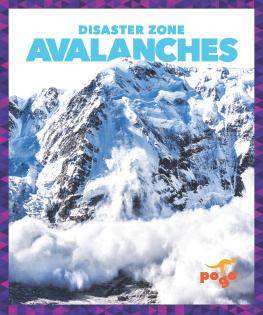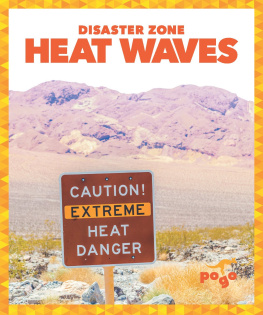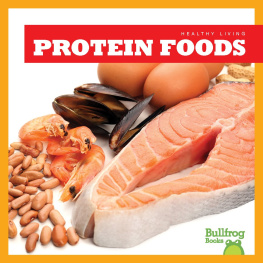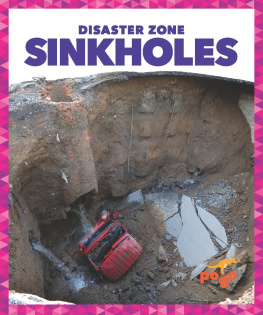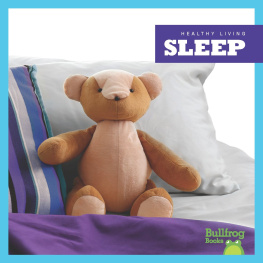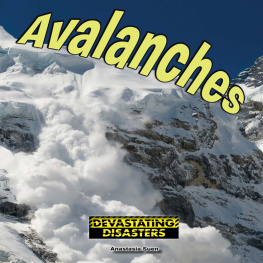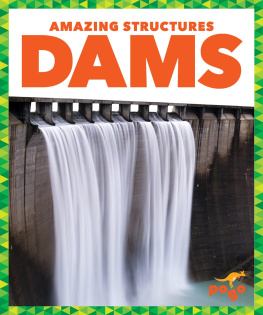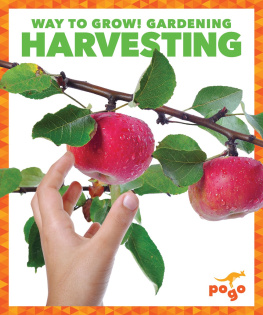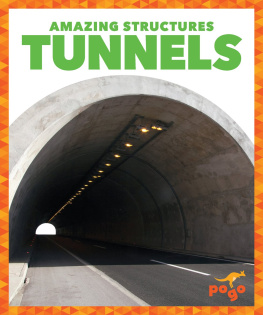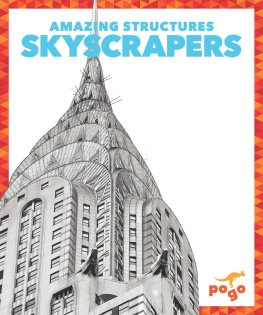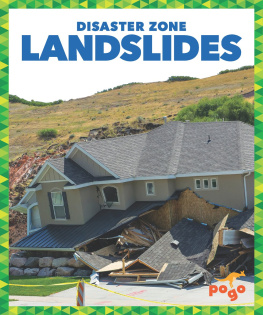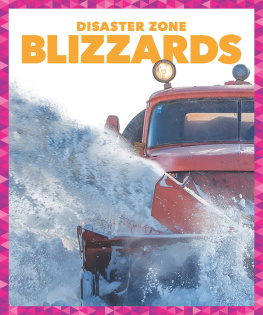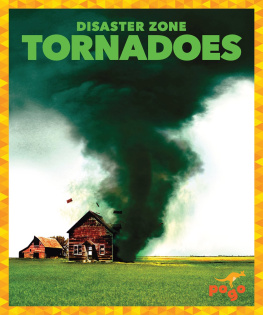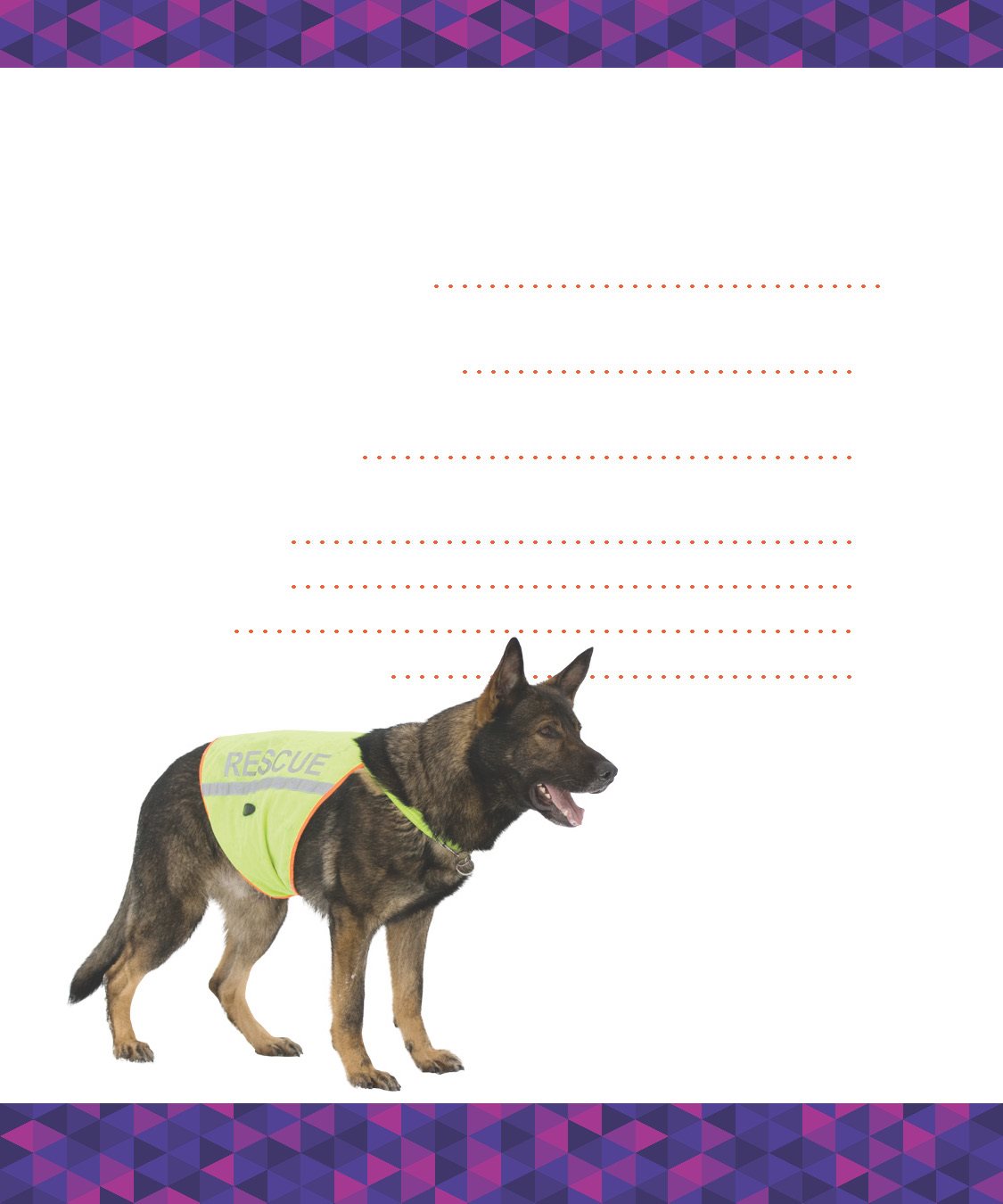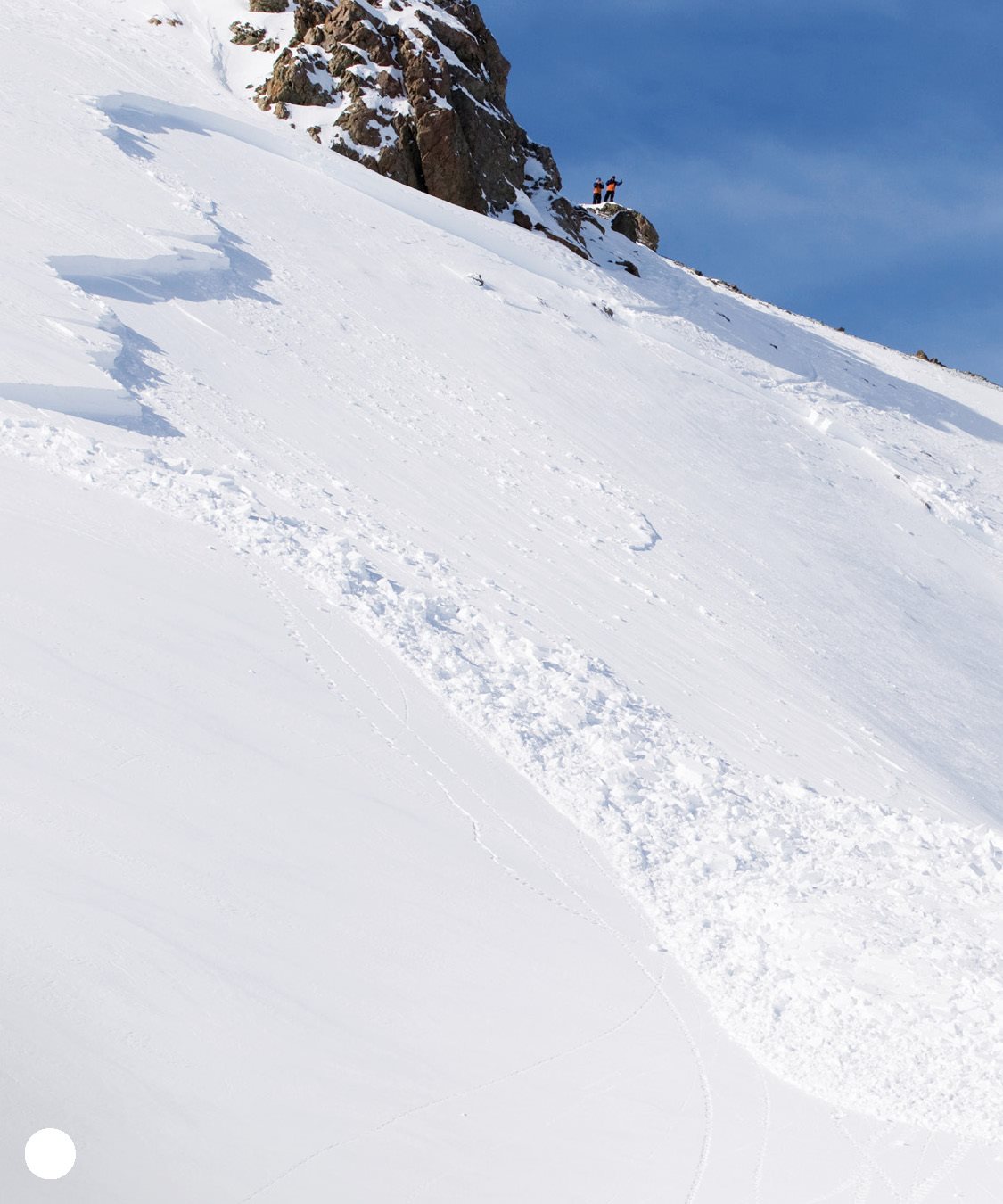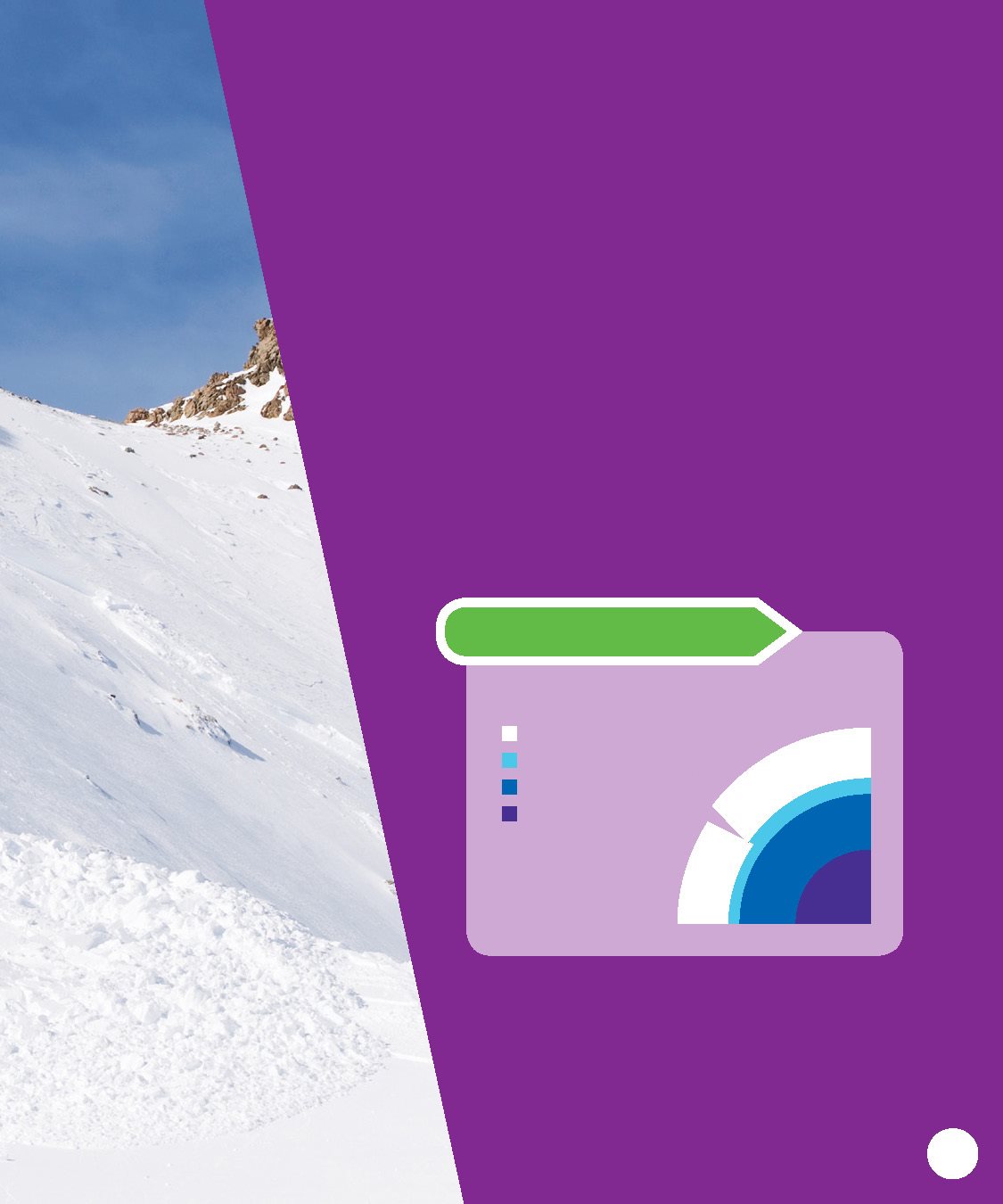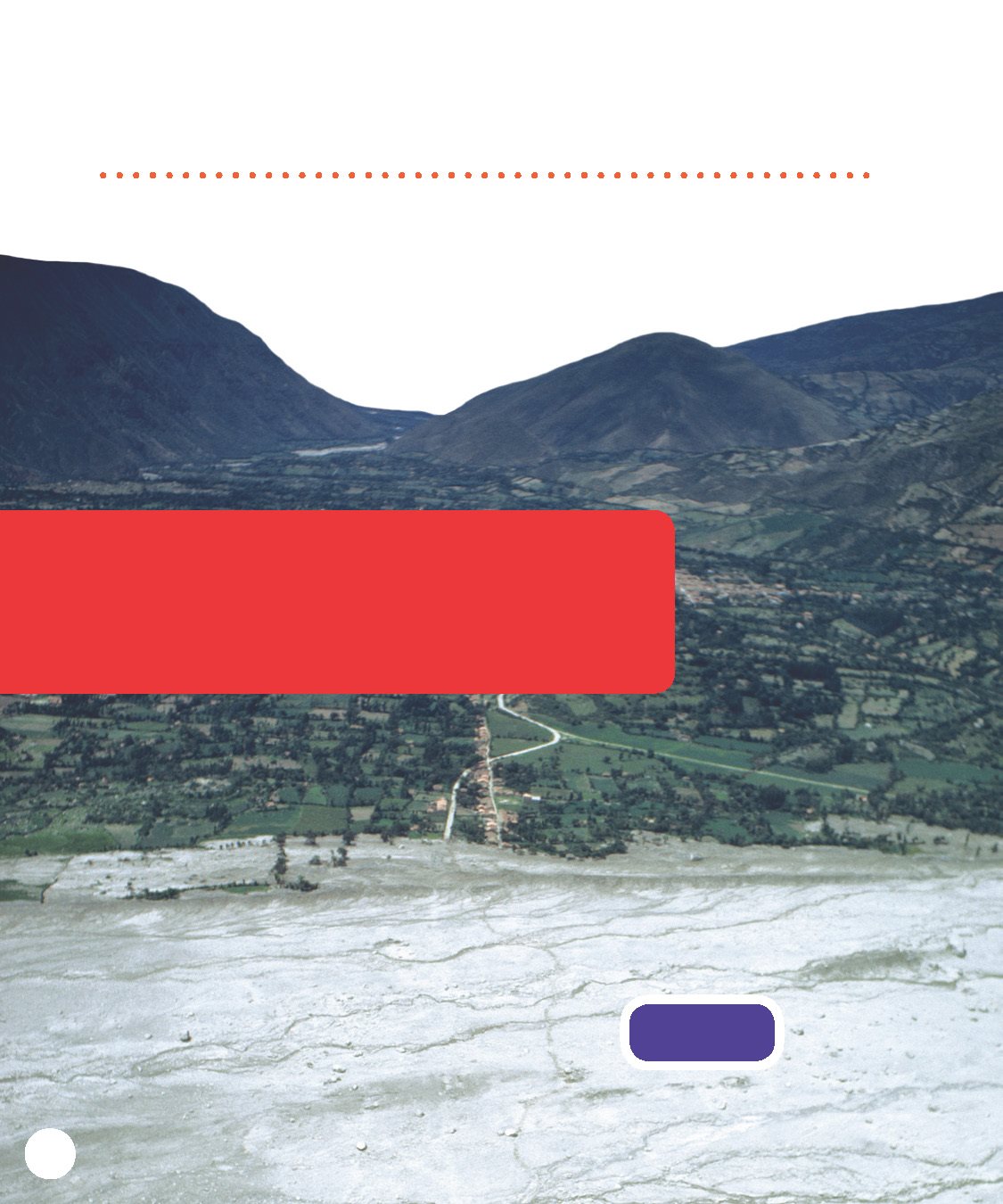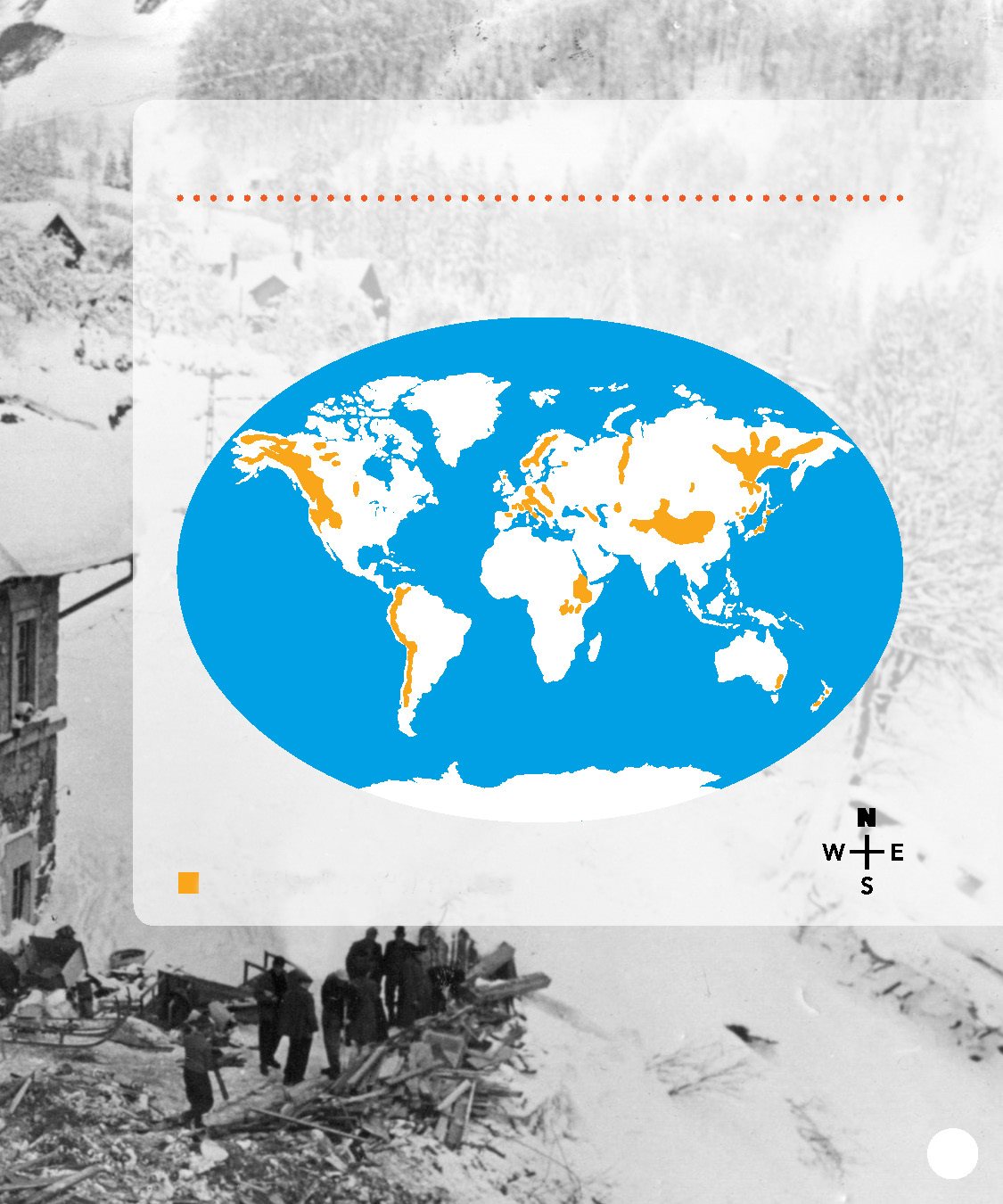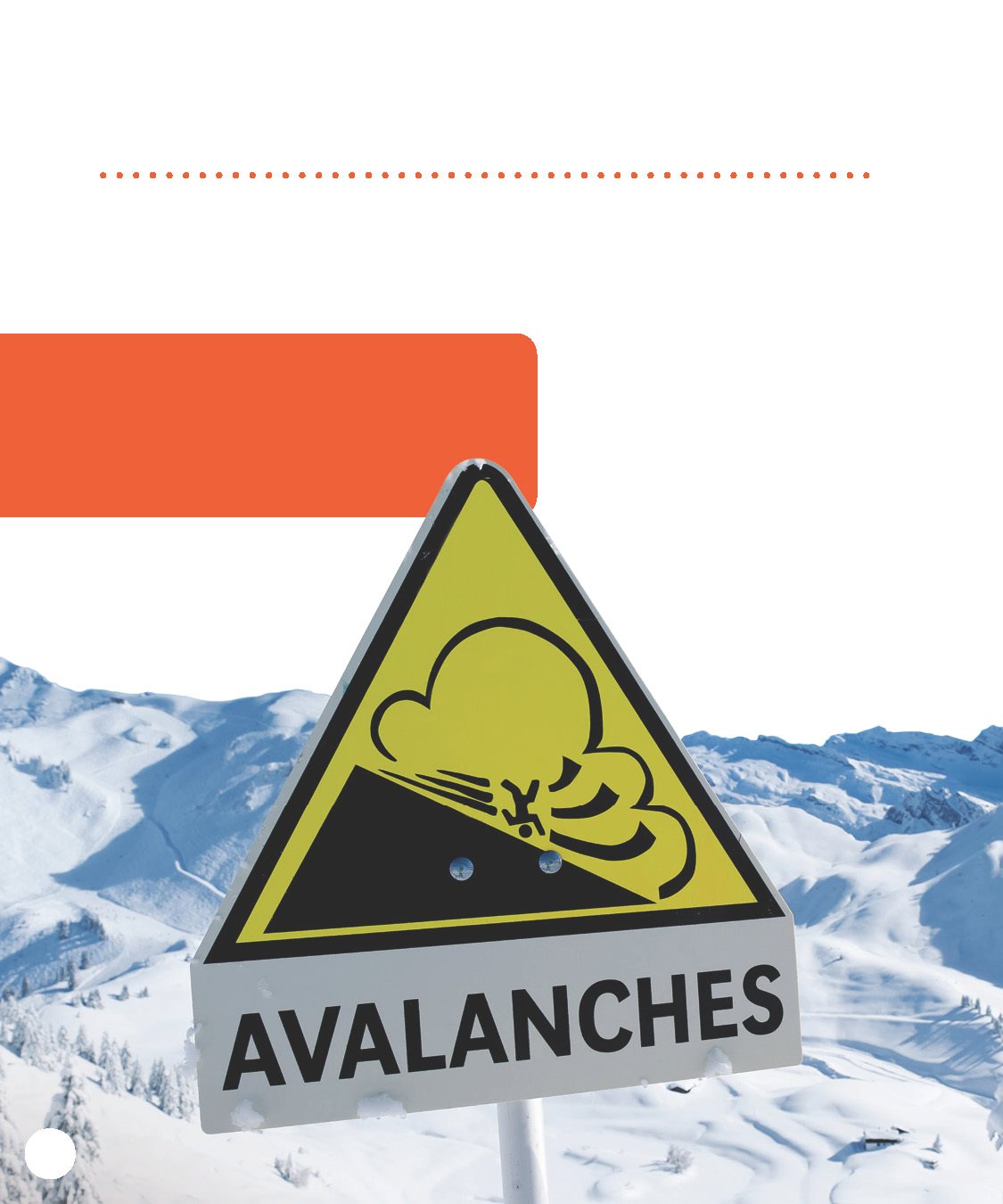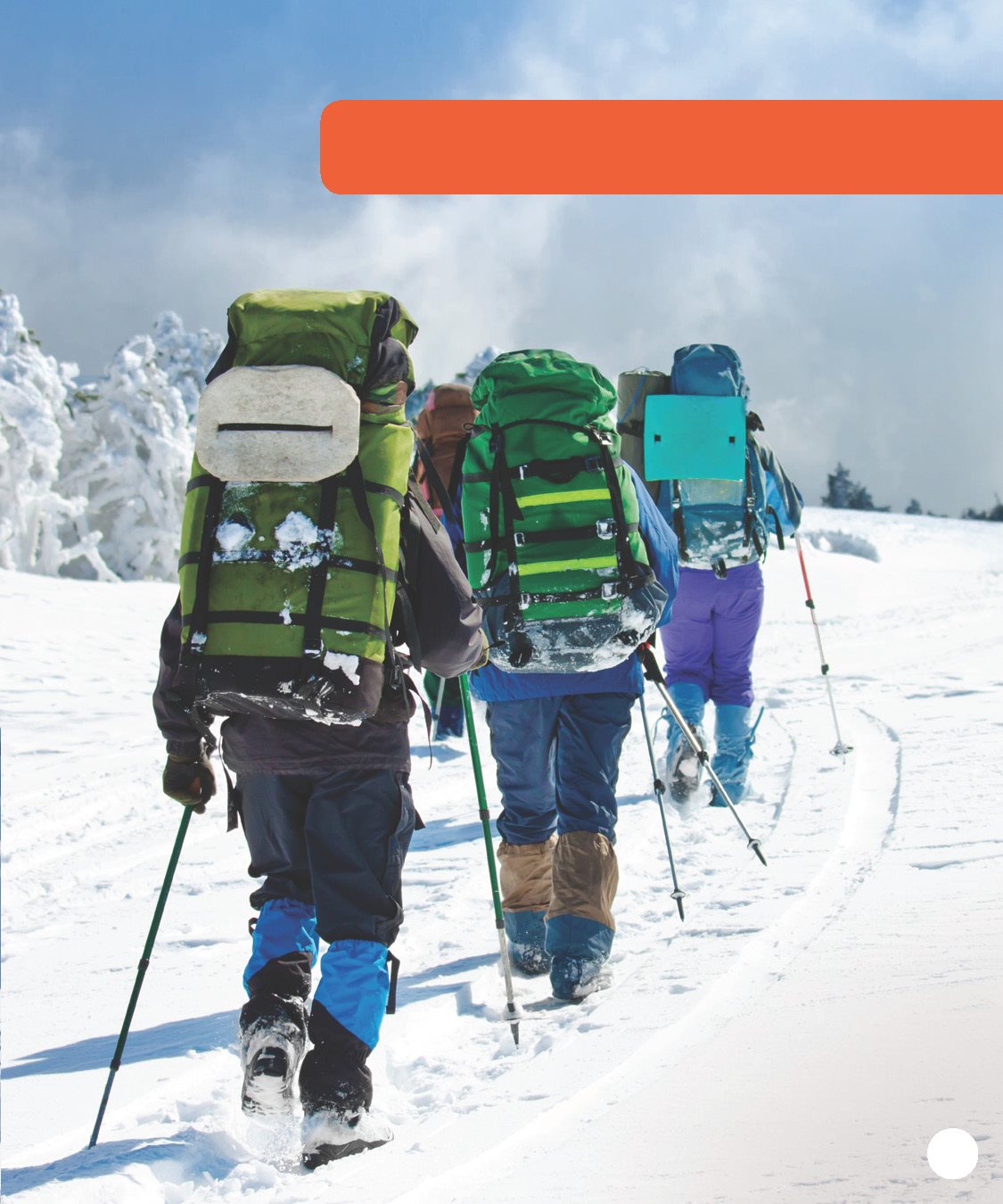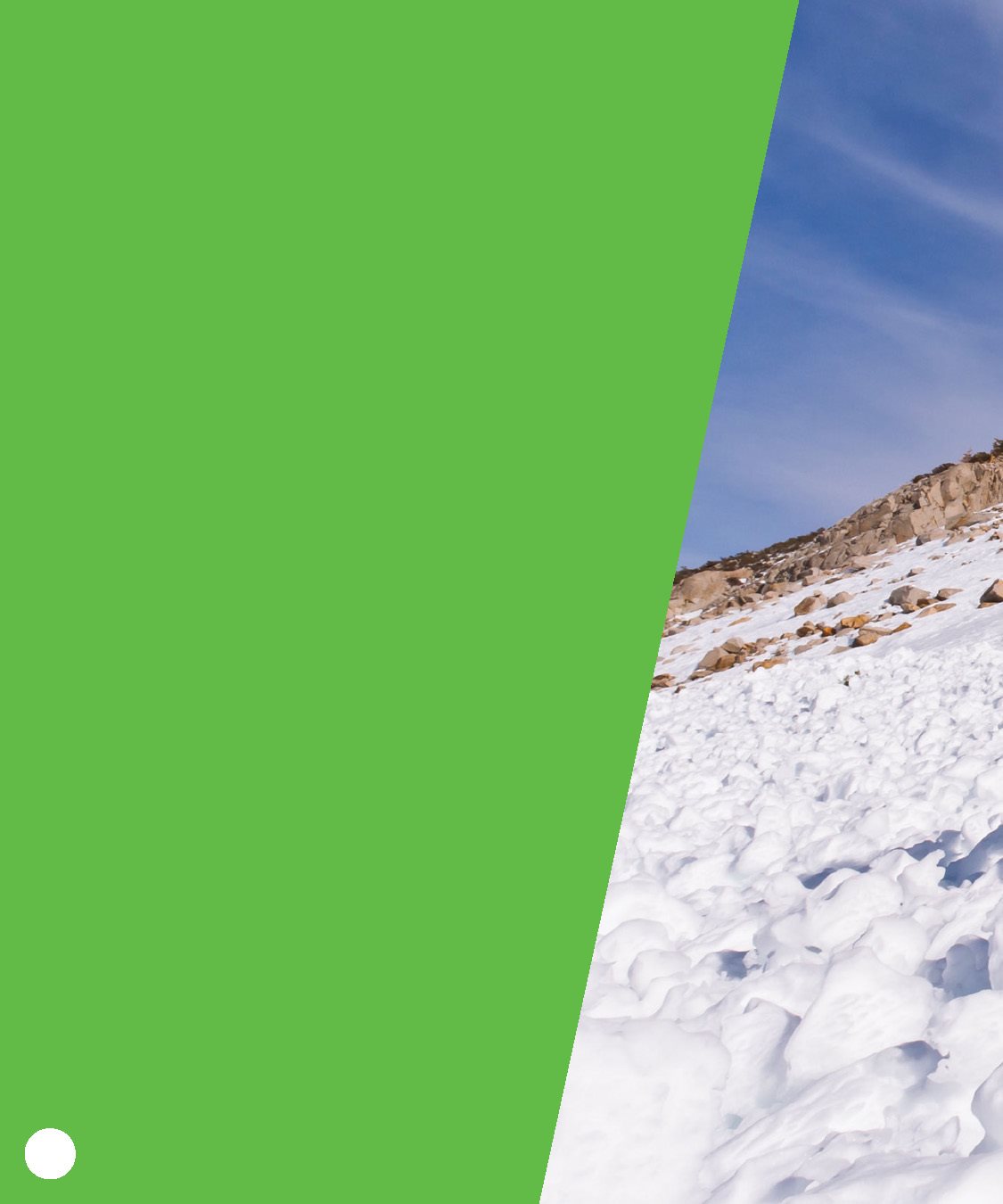Ideas for Parents
and Teachers
Pogo Books let children practice
reading informational text while
introducing them to nonfiction
features such as headings, labels,
sidebars, maps, and diagrams,
as well as a table of contents,
glossary, and index. Carefully leveled text with
a strong photo match offers
early fluent readers the support
they need to succeed.
Before Reading
Walk through the book and
point out the various nonfiction
features. Ask the student what
purpose each feature serves. Look at the glossary together.
Read and discuss the words.
Read the Book
Have the child read the book
independently.
Invite him or her to list questions
that arise from reading.
After Reading
Discuss the childs questions.
Talk about how he or she might
find answers to those questions. Prompt the child to think
more. Ask: Have you ever
been somewhere an
avalanche might occur? Pogo Books are published by Jump! 5357 Penn Avenue South Minneapolis, MN 55419 www.jumplibrary.com Copyright 2017 Jump! International copyright reserved in all countries. No part of this book may be reproduced in any form
without written permission from the publisher. | Includes bibliographical
references and index.
Identifiers: LCCN 2016028286 (print)
LCCN 2016029216 (ebook)
ISBN 9781620315637 (hardcover: alk. paper)
ISBN 9781620316030 (pbk.)
ISBN 9781624965111 (ebook)
Subjects: LCSH: AvalanchesJuvenile literature.
Classification: LCC QC929.A8 B527 2016 (print)
LCC QC929.A8 (ebook) | DDC 551.57/848dc23
LC record available at https://lccn.loc.gov/2016028286 Editor: Kirsten Chang
Series Designer: Anna Peterson
Book Designer: Leah Sanders
Photo Researchers: Kirsten Chang and Leah Sanders Photo Credits: Adobe Stock, ;
Getty, ; National
Geographic Creative, ;
Superstock, . paper)
ISBN 9781620316030 (pbk.)
ISBN 9781624965111 (ebook)
Subjects: LCSH: AvalanchesJuvenile literature.
Classification: LCC QC929.A8 B527 2016 (print)
LCC QC929.A8 (ebook) | DDC 551.57/848dc23
LC record available at https://lccn.loc.gov/2016028286 Editor: Kirsten Chang
Series Designer: Anna Peterson
Book Designer: Leah Sanders
Photo Researchers: Kirsten Chang and Leah Sanders Photo Credits: Adobe Stock, ;
Getty, ; National
Geographic Creative, ;
Superstock, .
Printed in the United States of America at
Corporate Graphics in North Mankato, Minnesota.
TABLE OF CONTENTS
CHAPTER
ITS AN
AVALANCH E !
You are driving on a mountain road.
Look! Up ahead! Snow is sliding down
the mountain. You pull over and watch. CHAPTER 1
The snow picks up speed. It rushes
toward the road. Its an avalanche! CHAPTER 1
CHAPTER 1
Luckily, its a small one.
Drivers saw it.
They were
able to stop. No one was
hurt. However, you are
stuck. There is a big pile
of snow and debris
on the road. You have
to wait for a plow. DID YOU KNOW? In about five seconds,
a slide can reach speeds
of miles (129 kilometers)
per hour.
CHAPTER 1
Avalanches happen when
snowpack becomes
unstable and breaks off.
Many things can trigger
them. Earthquakes, warm
weather, and wind are
triggers. Sometimes skiers
and hikers cause slides.
Sometimes they are big
slides. Sometimes they
are small. DID YOU KNOW? Loose snow avalanches
are called sluffs. CHAPTER 1
CHAPTER 1
CHAPTER 1
Slab avalanches are very dangerous.
They happen when a hard layer
of snow sits on top of a weak,
soft layer.
The soft layer cannot
support the heavy hard layer.
It breaks off. The slab slides.
As it slides, it picks up snow,
rocks, and trees. It can move
up to miles (322 km)
per hour! TAKE A LOOK! What does an avalanche look like? = strong slab
= weak, loose layer
= packed snow
= mountain CHAPTER 1
CHAPTER
DEADLY
AVALANCHES
In 1970, an earthquake caused
part of a glacier to collapse
in Peru . The result was deadly. glacier CHAPTER 2
Giant chunks of ice fell.
They slid down the mountain.
As they slid, they picked up
mud and roc ks. Two towns
were buried, and 20,000
people died.
CHAPTER 2
From 19 to 1951 there were
more than avalanches in
Europ e. More than people
died over three months. It was
known as the Winter of Terror. CHAPTER 2
WHERE DO THEY HAPPEN? Most avalanches occur in snowy, mountainous regions. = Avalanc he- Prone Areas CHAPTER 2
CHAPTER
STAYING SAFE
H ow can you stay saf e?
Do not go in areas that
are prone to slides. CHAPTER 3
Never explore mountains alone.
CHAPTER 3
If you are playing in the
moun tain snow, always have

